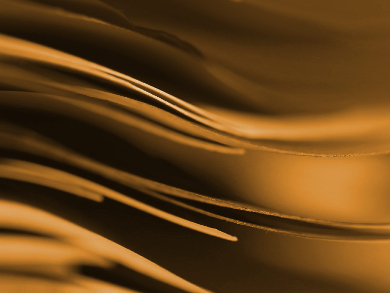Bismuth telluride (Bi2Te3) is a thermoelectric material and a topological insulator (i.e., its surface conducts electricity, but the bulk is an insulator). It could have applications, for example, in refrigeration or quantum computing. Its properties can be tuned by nanostructuring the compound. Bismuth telluride nanosheets, for example, can be created by splitting the layered material mechanically or by growing them using chemical vapor deposition (CVD). However, the controlled synthesis of nanosheets with uniform size and thickness is still challenging.
Cecilia Mattevi, Imperial College London, UK, and colleagues have developed a controlled synthesis of Bi2Te3 nanosheets at temperatures down to room temperature. The team combined bismuth oleate and trioctylphosphine telluride in solution at different temperatures and used centrifugation to separate the resulting nanosheets from the reaction mixture. Transmission electron microscopy (TEM), X-ray diffraction (XRD), and Raman spectroscopy were used to characterize the products.
The nanosheets’ size and structure changes with the temperature: thin nanosheets with a size of 200 nm form at 20°C, while hexagonal shapes with sizes over 600 nm form at 170°C. The thickness of the sheets also increases with the reaction temperature, from 4 nm to 16 nm. According to the researchers, the different nanosheet morphologies should directly correlate with different electrical, thermal and optical properties, which allows the creation of suitable bismuth telluride structures for different applications.
- Room-Temperature Growth of Colloidal Bi2Te3 Nanosheets,
Maria S Sokolikova, Peter C Sherrell, Pawel Palczynski, Victoria Bemmer, Cecilia Mattevi,
Chem. Commun. 2017.
DOI: 10.1039/c7cc03151c




